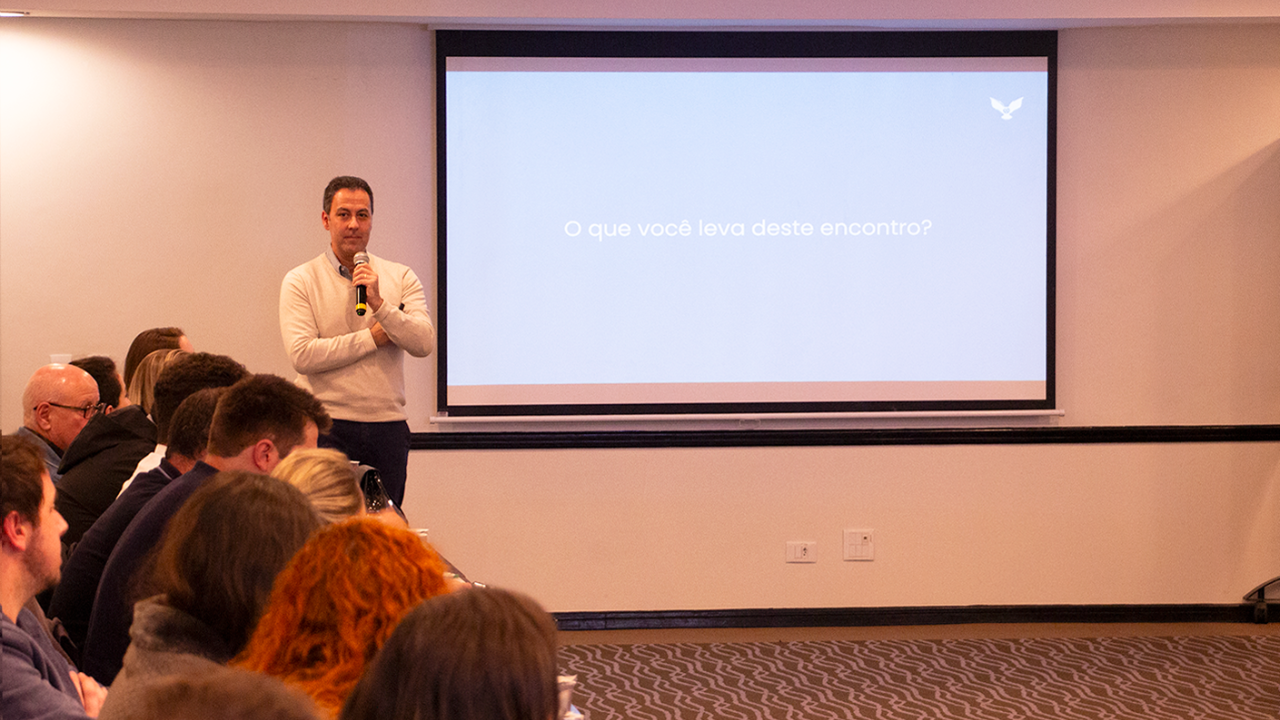
Author of the best-seller The 5 Challenges of Teams: A Story about Leadership, Patrick Lencioni discusses that the basis of the structure of any organization is trust.
Patrick Lencioni is an author and business consultant popularly known for his works on leadership and team dynamics.
According to Lencioni, a lack of trust is one of the main barriers to a team's performance, a barrier he calls dysfunction.
In fact, it is one of the 5 dysfunctions in a team, as shown below:
He argues that trust is the foundation upon which the other dimensions of a solid, cohesive team are built.
In other words, without trust, a team may face difficulties in collaborating effectively and dealing with conflicts in a productive way.
The trust that team members have among themselves involves believing that teammates are honest and capable. That is, reliable.
Confidence in skills, in addition to interpersonal confidence, is essential when defining how to believe in each other's skills.
This means believing that each person on the team contributes something valuable and is capable of carrying out their responsibilities effectively and efficiently.
For Patrick Lencioni, trust is built through vulnerability.
In other words, he suggests that team members should be able to admit their vulnerabilities, ask for help when needed, own up to mistakes, and openly share their ideas and concerns.
Although, for a long time, we thought of vulnerability as weakness, Lencioni and other renowned authors say just the opposite.
Accessing, assuming and facing our vulnerabilities is, in fact, an act of courage.
This vulnerability creates an environment where team members feel more comfortable trusting each other.
Connection is created.
And it is from then on that you are no longer afraid of conflicts. On the contrary, people start to openly express their ideas and conflict to reach the best solution.
Thus, they commit, engage, take responsibility and, finally, achieve the best collective results.
So, although it is not simple, building trust must be constant and conscious, so that a team becomes cohesive and works towards the other pillars of this dynamic, whose representation is a pyramid: productive conflicts, commitment, accountability and collective results.
Read more: